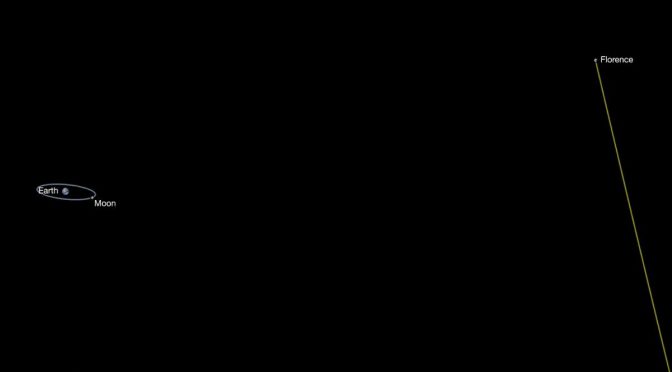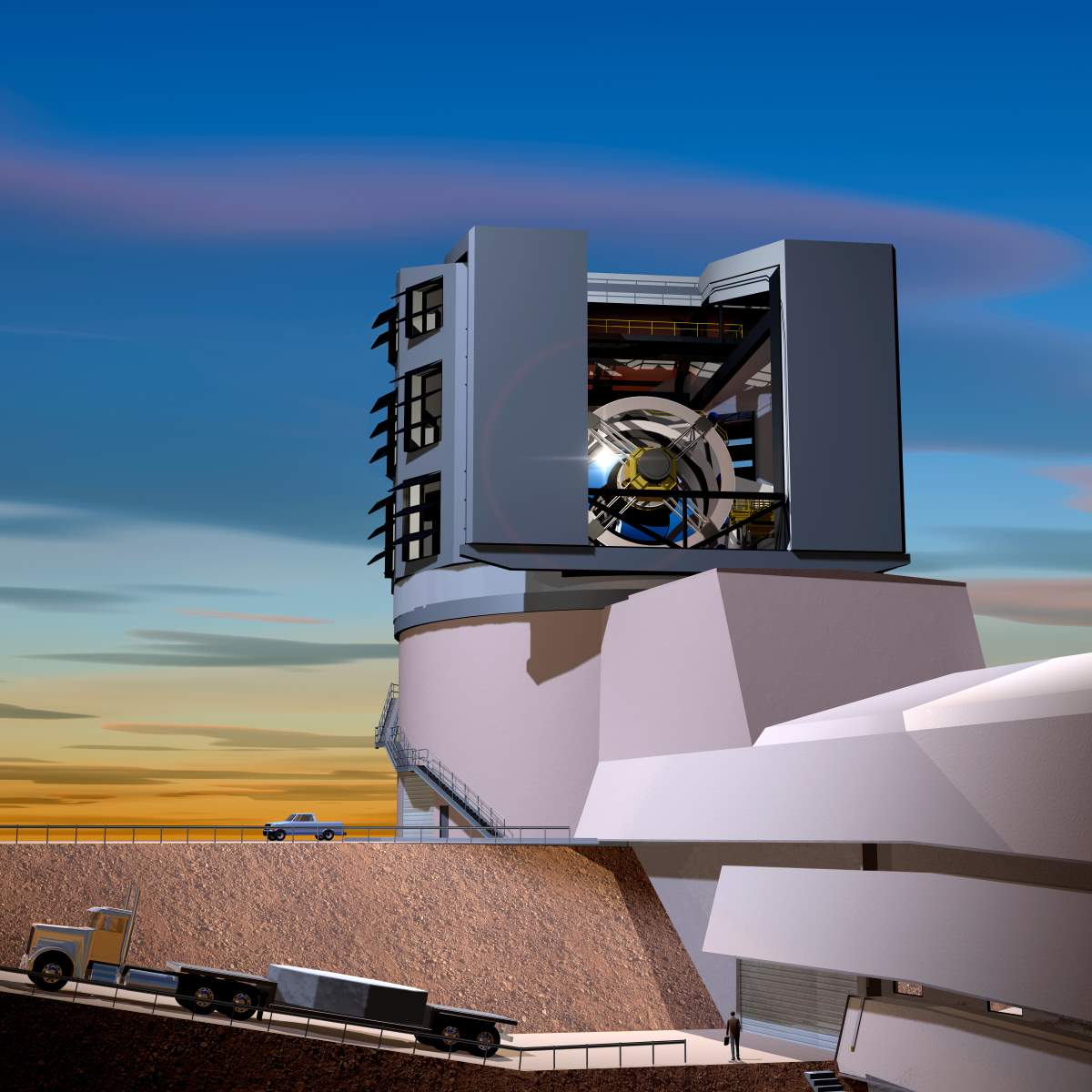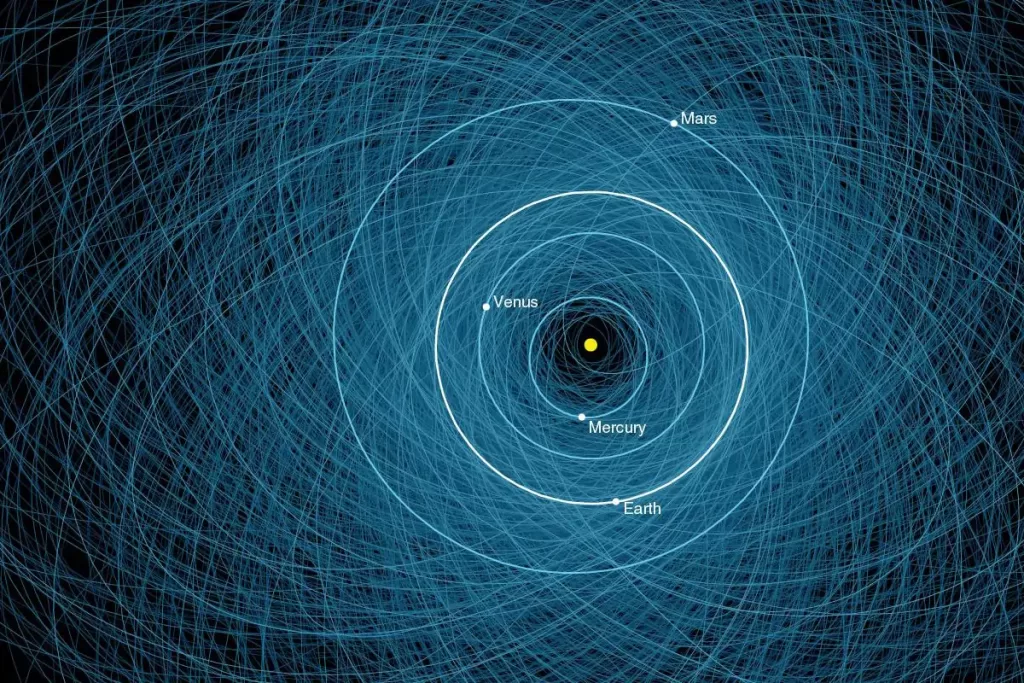On September 1, 2017, a potentially hazardous asteroid named 3122 Florence skimmed past Earth from a mere 4.4 million miles (7 million km) distance. The huge asteroid, which is around 2.7 mile (4.4 km) wide, was the “biggest object passed this close to Earth since the NASA program to detect and track near-Earth asteroids began”, according to Paul Chodas, manager of the Center for Near-Earth Object Studies at NASA’s Jet Propulsion Laboratory in Pasadena, California. The close flyby was captured with an amateur astronomer using an 80 mm F5 Apo telescope and a Canon 6D camera, and published on YouTube.
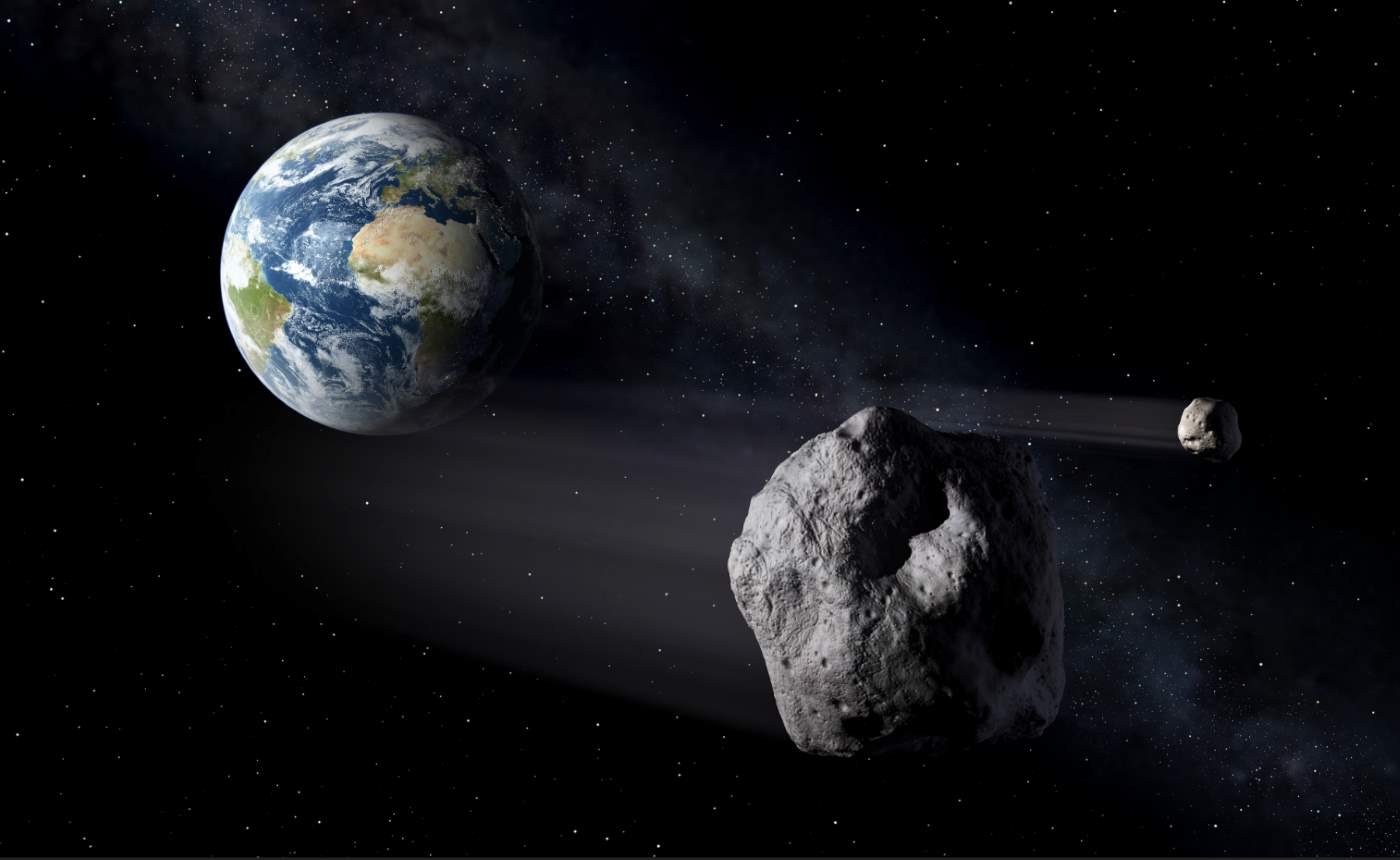
From the description of the video: “Short timelapse of Asteroid ‘Florence’ passing by the Earth – shot at the time of maximum Magnitude (brightness). I captured the Asteroid with my 80mm F5 Apo Telescope and my Canon 6D, exposure times were 30 seconds per frame – I tracked it for about three hours. On Friday it passes by our planet as close as 0.047 AU ~ 7 Million kilometers.”
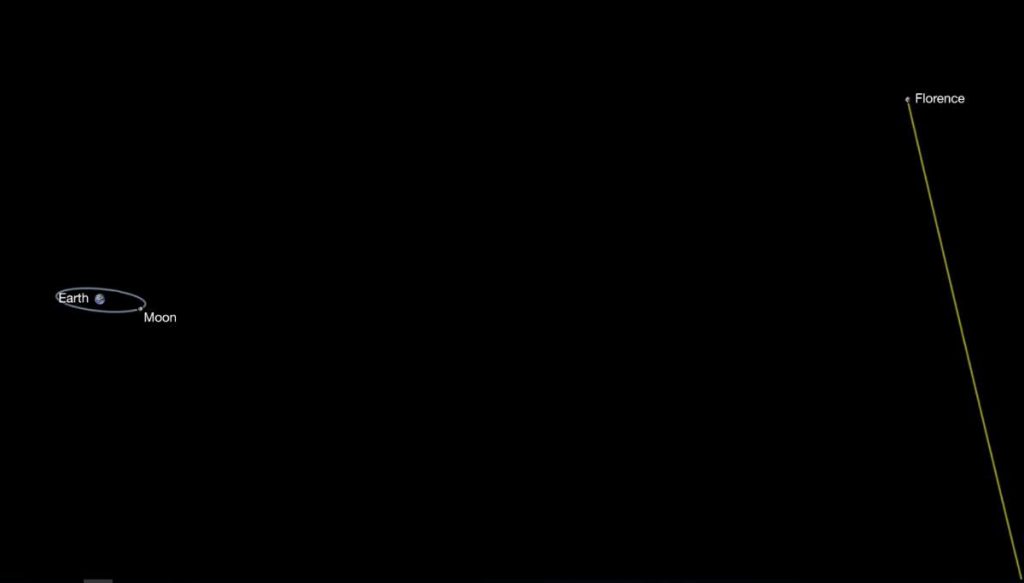
3122 Florence
3122 Florence was discovered on 2 March 1981 by American astronomer Schelte J. “Bobby” Bus (born 1956) at Siding Spring Observatory. It was named in honor of Florence Nightingale (12 May 1820 – 13 August 1910), the English social reformer and statistician, and the founder of modern nursing. It is classified as a near-Earth object (NEO, see notes 1) and a potentially hazardous object (PHO, see notes 2).
3122 Florence is really big that if it would the Earth, it could cause a major extinction event. It is almost as big as the Chicxulub asteroid which hit the Earth 66 million years ago, also known as the “dinosaur killer“. It measures approximately 5 kilometers (3.1 miles) in diameter
The September 2017 encounter of 3122 Florence was the closest by this asteroid since 1890 and will remain the closest it will ever be until after 2500.
Notes
- By definition, a solar system body is a near-Earth object (NEO) if its closest approach to the Sun (perihelion) is less than 1.3 Astronomical Unit (AU – the distance between the Earth and the Sun which is about 150 million km, or 93 million miles).
- A potentially hazardous object (PHO) is a near-Earth asteroid or comet with an orbit such that it has the potential to make close approaches to the Earth and is of a size large enough to cause significant regional damage in the event of an impact. An object is considered a PHO if its minimum orbit intersection distance (MOID) with respect to Earth is less than 0.05 AU (7,500,000 km; 4,600,000 mi, approximately 19.5 lunar distances – a lunar distance is the distance between Moon and Earth) and its diameter is at least 100 to 150 meters (330 to 490 ft).
Sources
- 3122 Florence on Wikipedia
- Potentially hazardous object on Wikipedia
- Space Shuttle Endeavour’s Touchdown Meets Columbia’s Salute [An amazing photo from the past] - February 29, 2024
- Moon Landings: All-Time List [1966-2024] - February 23, 2024
- From Orbit to Ordinary: 10 Earthly Applications of Space Technology - January 23, 2024
